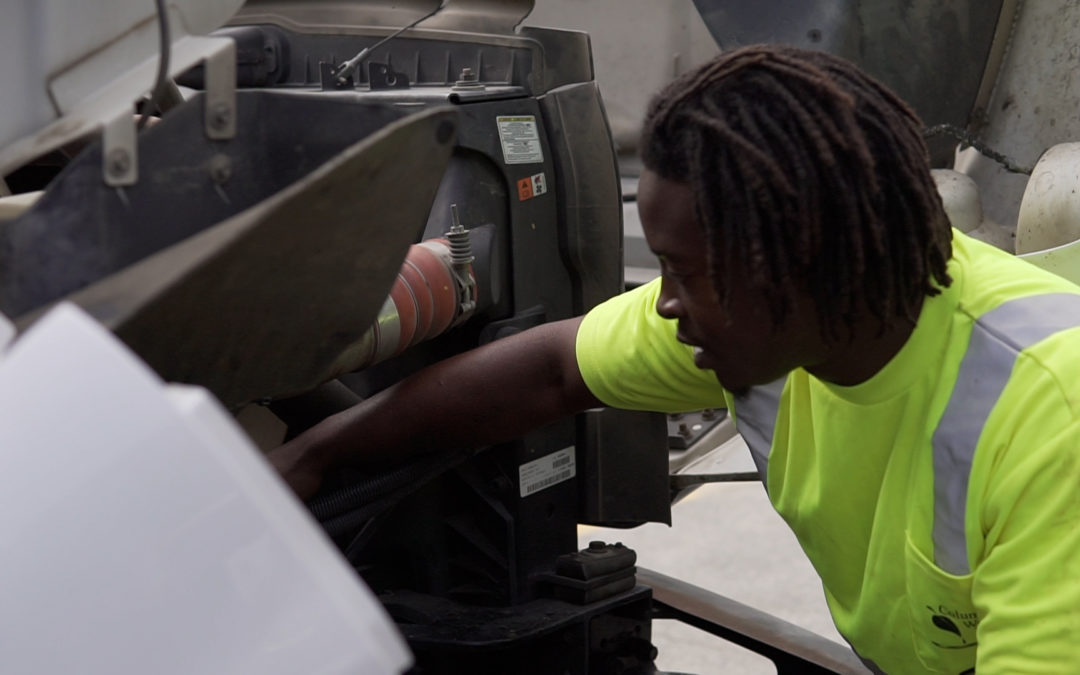
Welfare Cliffs and Gaps: The role health insurance plays in upward mobility
Welfare Cliffs and Gaps:
The role health insurance plays in upward mobility
By Shana Burres
Cody and Estelle are a young married couple living in a suburban neighborhood. Cody has a full-time job and Estelle is a nanny so she can have their daughter with her at work. They make just enough money to pay the rent on their small home and pay their bills, but there is rarely anything left over each month. They are not middle class but they are above the poverty line, and they are facing a potential financial crisis because of health care costs.
Cody’s work offers an insurance plan but does not subsidize the cost and the monthly premium for a family is more than their rent. Because of the expansion of Medicaid under the Affordable Care Act (ACA), they qualify for a government-subsidized plan. The coverage is poor and the deductibles are high. They are one emergency room trip or unexpected surgery away from a dire financial situation.
Cody is working on building a part-time freelance business so they can have some savings and buy a more reliable car. But he is hesitant to promote it because too much of an increase in income will push them over the ACA’s income threshold and they will lose their health care subsidy. They still wouldn’t be able to afford the employer-sponsored plan and would lose coverage entirely.
They are facing the welfare cliff, forced to choose between self-improvement and maintaining necessary services. If they increase their income, they are at risk of falling into the welfare gap—too much income for services, not enough income to cover the costs.
The implications of the loss of health care coverage reach into their and their daughter’s future. Health insurance, and the associated continuity of care, correlated directly with academic success in the short term and life success in the long term. At a basic level, health care means that students are better able to engage in their academics and miss fewer days of school.
In slightly more complex terms, lacking health insurance, along with other factors related to instability, is part of the social determinants of health. These social determinants are a cluster of lived experiences that include food instability, homelessness, and poverty. They are direct predictors of poor health and, as noted, poor health contributes to poorer academic and social outcomes. While programs or funding can often address homelessness and poverty, food instability is a reflection of the resources a family has available to purchase food. For a family like Cody and Estella’s, this may be seen as the choice between groceries and paying for an urgent care visit and a prescription for their daughter.
For them and the vast majority of people in the United State, health insurance is the barrier to care. People who live at or below the poverty line have access to medical coverage through Medicaid. And families who live far above the poverty line can access health insurance through work or afford to pay for the premiums through the health exchange. However, the evidence shows that children who are near, but not under, the poverty line have the lowest rates of health insurance. These children and their families live in the welfare gap, a reality for many living in Georgia. This means that Georgia’s families need solutions for ongoing health care to support their long-term success.
The most effective solutions are those that acknowledge the immediate needs of families and address the need for policy change. Currently, many programs are aimed at the individual or involve community-based interventions that partner health care with social service delivery systems. And these programs can be useful and effective as solutions to the immediate needs of families living in the welfare gap. Unfortunately, these health management programs do not address the upstream institutional, systemic, and public policy drivers of the distribution disparities.
Georgia’s families deserve upstream solutions that address the welfare gap and support their efforts to be participants in their health care and long-term outcomes. Three interconnected approaches offer equitable and proven access:
Untether healthcare from employers
According to the US Census Bureau, approximately 55% of people have access to health insurance coverage through their employer. This tethering of health insurance to employment leads to disruptions of coverage due to job loss or change. Therefore, untethering healthcare from its connection to employment would allow people to pursue jobs, education, or entrepreneurship free from the limitation of health insurance access or cost.
Make shopping for health insurance easier
As cost is the most significant factor influencing people’s access to health insurance, the second approach is to make shopping for health insurance the same as shopping for any other type of insurance. Individuals could compare coverage, cost, and other options across multiple providers, which would empower them to choose the product best suited to their particular needs. Currently, most people have little to no choice in which insurance product they receive from their employer and the cost is more closely related to the company’s ability to negotiate a favorable contract than it is to the types of benefits the employees need.
Offer government subsidies that do not create welfare cliffs
Of course, employers often also subsidize a portion of their company health insurance plan, and subsidies are one of the ways insurance is made more affordable for their employees. The third approach, government subsidies, would ensure these benefits are equitable and accessible to the whole population and not reliant on an employer. While government-funded health insurance already exists and subsidies are available through the ACA marketplace, the current method does not address welfare cliffs or close the welfare gap. Therefore, the policy should be updated to a means-tested eligibility system that eliminates marriage penalties and the breakpoints that contribute to the welfare cliff.
For our couple, Cody and Estelle, this new approach to health insurance would allow them to gain sufficient coverage for their whole family without spending a disproportionate amount of their income on health care costs. It would allow Cody to build his freelance business and improve their quality of life without fear of losing health insurance while their income grows.
Every person in Georgia deserves to live a healthy and fulfilling life. Access to healthcare is a necessary component of their success. These three approaches will remove barriers to access, equalize costs, and ensure support is available to those who need it.
Shana Burres is an educator, foster parent, and speaker. She holds a Master’s degree in education and, as the former executive director of DASH Kids, is a fierce advocate for equitable outcomes for children of all backgrounds and experiences. Shana currently is an adjunct professor, learning development consultant, and her local Mockingbird HUB home for foster families and their youth.
DISINCENTIVES FOR WORK AND MARRIAGE IN GEORGIA’S WELFARE SYSTEM
Based on the most recent 2015 data, this report provides an in-depth look at the welfare cliffs across the state of Georgia. A computer model was created to demonstrate how welfare programs, alone or in combination with other programs, create multiple welfare cliffs for recipients that punish work. In addition to covering a dozen programs – more than any previous model – the tool used to produce the following report allows users to see how the welfare cliff affects individuals and families with very specific characteristics, including the age and sex of the parent, number of children, age of children, income, and other variables. Welfare reform conversations often lack a complete understanding of just how means-tested programs actually inflict harm on some of the neediest within our state’s communities.



